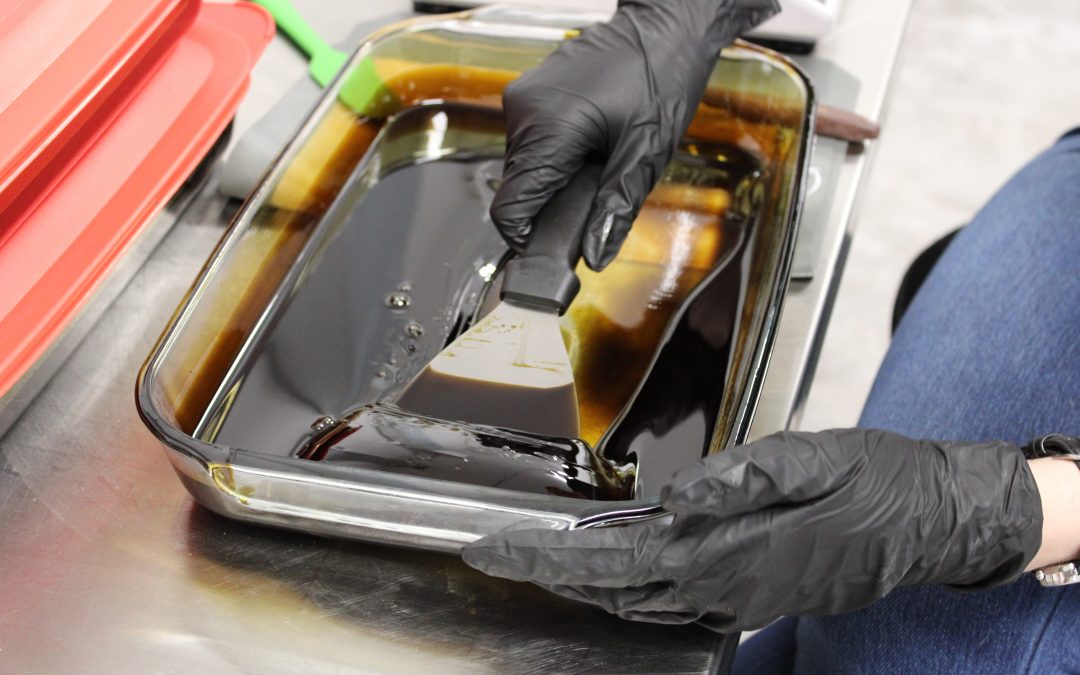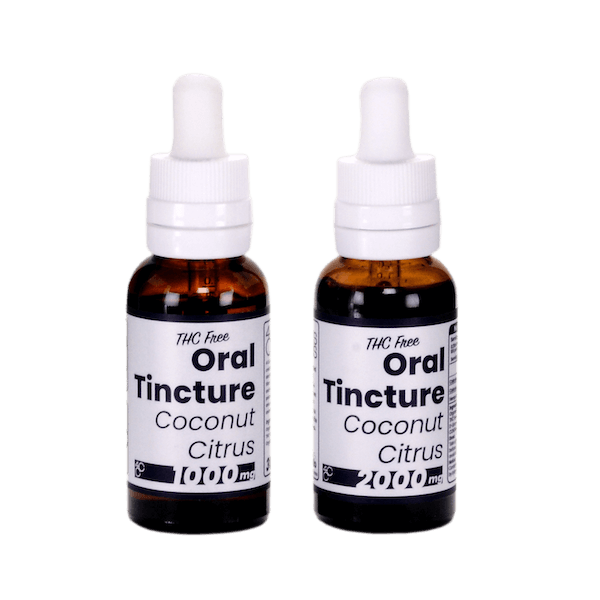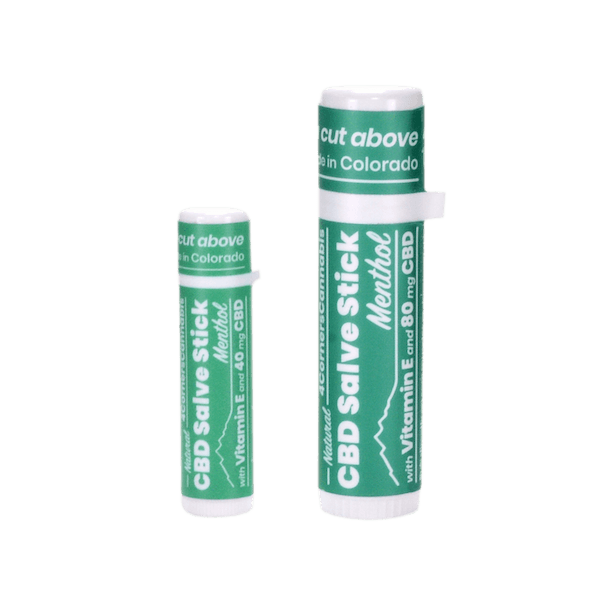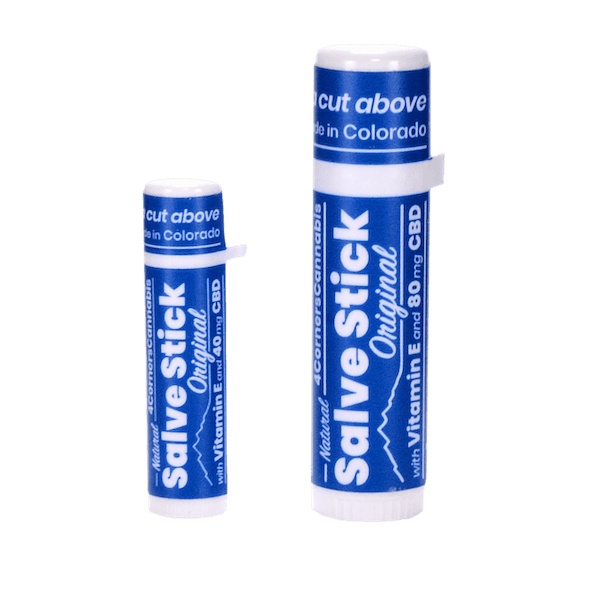Many companies choose many different extraction methods to make their CBD. Each method pulls cannabinoids from the plant in different ways, but we picked the best method: Sugarcane ethanol extraction. While surprisingly simple, so many companies choose other methods to cut corners and/or costs.
It starts with a bud
Assuming you’ve already grown, harvested, cured, and bucked your plants, only the flower remains (otherwise known as bud). It’s the most valuable part of the plant, and with good reason. Cannabinoids live in the flower and give it the potency that the cannabis plant is known for. The trichomes that house the cannabinoids are visible to the naked eye. They give the flower a frosty appearance and indicate the quality of the plant to some extent.
Putting the ethanol to work
Sugarcane ethanol is a plant-based solvent, so that already gives it a leg up on dirty solvents like butane. It also pulls both polar and nonpolar compounds from the cannabis plant, which cannot be said about most solvents.
We freeze the ethanol cryogenically in preparation for the “wash”, the part of the procedure that draws the compounds out of the cannabis flower. When this ethanol passes over the trichomes, the low temperature makes the trichomes brittle and breaks them apart, opening the oil glands that they contain.
The oil glands secrete their contents which then diffuse throughout the ethanol. This process gathers everything we want from the plant and leaves plant waxes and other debris behind.
Ethanol leaves the party early
After concluding the “wash”, a basin of liquid consisting of cannabis compounds suspended in ethanol remains. At this point we prepare it for the next step of the extraction process.
To accomplish this, lab techs pour the liquid into large flasks that attach to rotary evaporators (rotovaps). After filling the flasks, they vacuum seal them as well. When running, the rotovaps spin the flasks on an axis and gently heat the contents. The ethanol evaporates at much lower temperatures than normal due to the vacuum seal, protecting valuable cannabinoids, terpenes, and flavonoids from burning off.
The ethanol leaves the flask and enters a coil that runs downward. Since it’s no longer vacuum-sealed and no longer being heated, the ethanol condenses and runs down the coil into a basin where it collects.
Finishing touches
At this point, virtually all of the ethanol has evaporated. You now have a crude cannabis oil. It needs to be subjected to decarboxylation and a purge in order to eliminate any remaining solvent (although there will always be some small trace amount of any given solvent in an extract). After that, as long as you don’t plan on refining the crude, it’s ready to be added to a recipe to make whatever product you desire.




